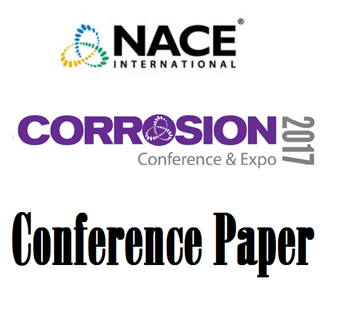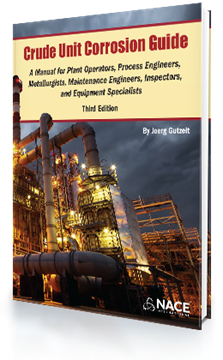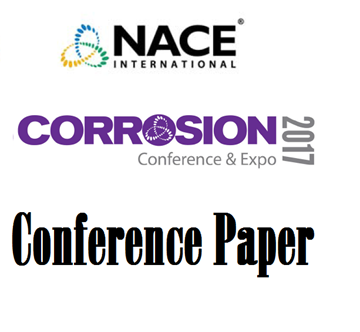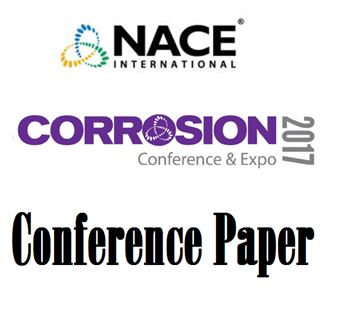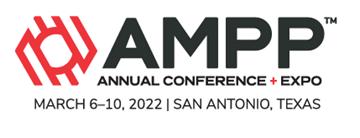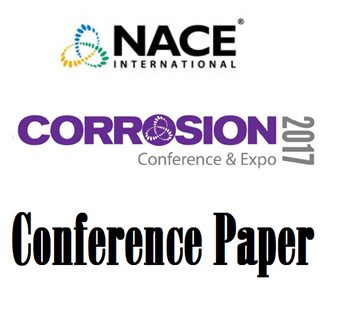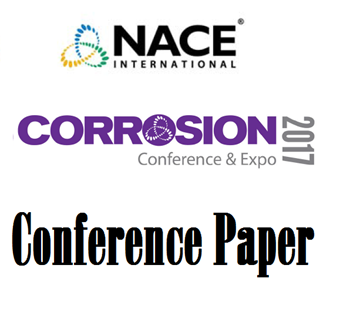Search
Materials Selection and Design
View as
Sort by
Display
per page
CP Virtual Training Simulator Subscription - One Year CP Virtual Training Simulator Access
Product Number:
CPVIRTUALTRAININGSIMULATOR
$429.00
Creating Decorative Concrete: Materials and Methods
Product Number:
41206-240-SG
Publication Date:
2006
$20.00
Critical Factors Affecting the Pitting Corrosion Resistance of Additively Manufactured Ni-based Alloy in Chloride Containing Environments
Product Number:
51317--9345-SG
ISBN:
9345 2017 CP
Publication Date:
2017
$20.00
Crude Unit Corrosion Guide - A Complete How-To Guide, 3rd edition (e-Book)
Product Number:
37612-E
ISBN:
978-1-57590-330-9
Publication Date:
2016
$127.00
Custom Fiberglass Reinforced Plastic Piping (FRP) Proof of Design Testing
Product Number:
51317--9447-SG
ISBN:
9447 2017 CP
Publication Date:
2017
$20.00
Design Challenges for Material Selection in Sour and High Salinity Gas and Oil Production Facilites
Product Number:
51317--9244-SG
ISBN:
9244 2017 CP
Publication Date:
2017
$20.00
Determination Of Oxygen Limits For Corrosion Resistant Alloys (Cras) In Oil & Gas Produced Water Based On Electrochemical Test Methods – Part 2.
Product Number:
51322-17947-SG
Publication Date:
2022
$20.00
Determining the Dissolved Oxygen (DO) Concentration Limit for Safe Operation of CRAs in Saline Solution
Product Number:
51317--9062-SG
ISBN:
9062 2017 CP
Publication Date:
2017
$20.00
Development of Copper Alloys for Seawater Service from Traditional Application to State-Of-The Art Engineering
Product Number:
51317--9382-SG
ISBN:
9382 2017 CP
Publication Date:
2017
$20.00
Development of Sucker Rods for Aggressive Environments
Product Number:
51317--8944-SG
ISBN:
8944 2017 CP
Publication Date:
2017
$20.00
Education on the Differences Between Wet Abrasion Blasting and Water Jetting
Product Number:
41214-823-SG
Publication Date:
2014
$20.00
Effect of Cold-work on Repassivation and Corrosion Behaviors of Carbon Steels and Stainless Steels
Product Number:
51317--9083-SG
ISBN:
9083 2017 CP
Publication Date:
2017
$20.00



